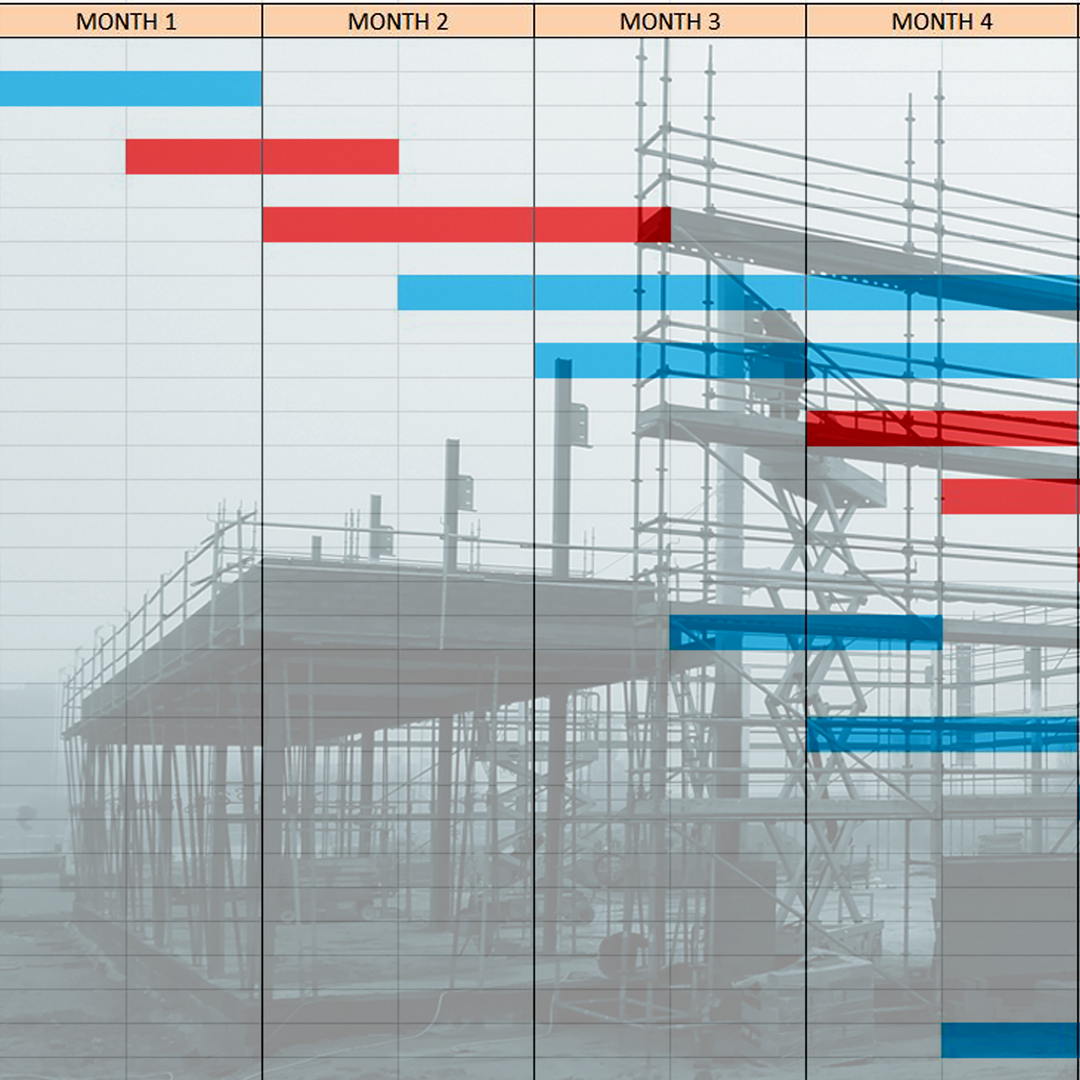
Are Claimed Weather Delays Correct?
Weather Delays
As owners’ representatives, HPM is often asked to evaluate the validity of claims for additional days due to weather delays. Typically, the owner’s entire team is able to play a significant role in the review process. Together, we can understand the requirements for an extension.
There are typically three main requirements for the construction manager to make an extension claim citing weather delays.
- They must notify the owner in a timely manner.
- The weather must be abnormal and, therefore, not predictable.
- The impacted work must be relevant to the critical path.
While each contract may vary, the requirements of the AIA 201 contract serves as a good base example.
Notification
AIA 201, section 15.1.3.1 determines the time frame as to when the request must be given to the owner. Claims by either party under Section 15.1.3.1 shall be initiated within 21 days after the occurrence of the event in question, or within 21 days after the claimant first recognizes the condition in question– whichever is later. Per the contract, the owner is responsible only for claims submitted within 21 days of the conditions. Please note, this paragraph states that the Construction Manager must notify the owner of a claim, not simply a notice of a weather event.
Abnormal Weather
The stipulation is not if the weather impacted the work, but, if the weather was abnormal. AIA 201 Section 15.1.6.2 states, “If adverse weather conditions are the basis for a claim for additional time, such claim shall be documented by data substantiating that weather conditions were abnormal for the period of time, could not have been reasonably anticipated…”. In this sentence, you may rightfully focus on how to determine if the weather conditions were abnormal. It is also important to focus on the question of the correct “period of time”.
Related to the “period of time”, it is most logical to assume a weather event that disrupted a concrete pour would be the total scheduled time related to pouring concrete. This may be one and a half months, or it could be four months, but it is not specific to a calendar month (like just the weather impact in July). Related to any review of abnormal weather, one must have a basis for “normal”. The National Oceanic and Atmospheric Administration (NOAA) is the most common guide for this review.
Critical Path
AIA 201 15.1.6.2 states, “if adverse weather conditions are the basis for a claim for additional time, such claim shall be documented by data substantiating that weather conditions were abnormal for the period of time…and had an adverse effect on the scheduled construction.” You often hear the analysis of a delay as an analysis of the critical path. The critical path is the required sequence of work necessary to complete the project in the shortest possible time. While the analysis of the possible adverse effect of weather on the scheduled construction is a requirement, it may not be necessary to perform such an analysis if the other hurdles have not been met, namely, timely notice and proving the weather was abnormal.


